Features > Property News & Insights > Market updates
First Home Guarantee: Big savings now, bigger prices later
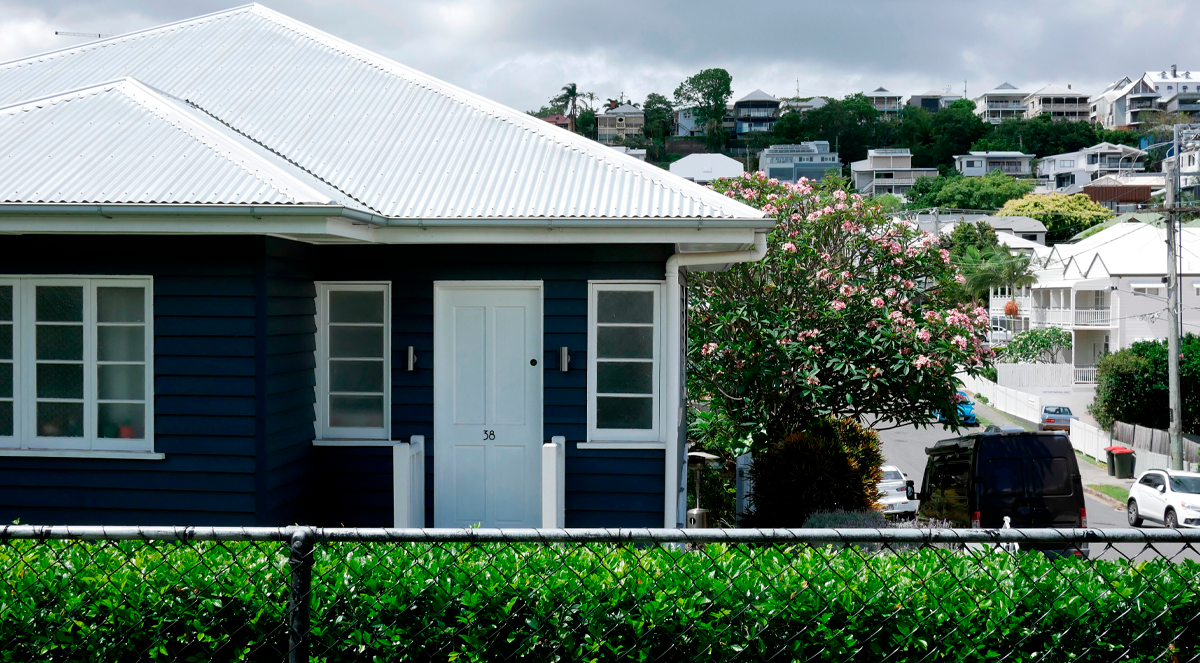
Image by Liz Pickering/ABC News
KEY POINTS
- The revamped First Home Guarantee cuts deposit-saving time in major capital cities and, with state incentives, can save buyers up to $225,000 on a $1m home
- While the scheme lowers “deposit hurdle”, buyers face bigger mortgages, strict serviceability tests, and risks from rate rises, negative equity, and long-term debt
- Experts warn that boosting demand without more housing supply will push prices higher, by 3.5% - 6.6% nationally in the first year, and up to 10% in affordable areas
The Albanese government’s revamped First Home Guarantee has now come into effect, with analysis by the Financial Review showing the scheme means first-home buyers in some states could save up to $225,000 in costs on a $1 million home.
Separate analysis of the program by Domain Group reveals the time required by a first-home buyer to save a deposit has been dramatically slashed to nearly a quarter in a number of capital cities.
While the scheme looks set to assist tens of thousands of buyers to achieve home ownership sooner, economists warn that the incentives will actually worsen the housing affordability crisis by driving up prices.
The details
The federal government’s First Home Guarantee scheme allows people to buy a home with just a 5% deposit and no lenders’ mortgage insurance.
From October the 1st 2025 the scheme was expanded, with the government lifting the maximum purchase price (based on locality) and scrapping income caps.
“Saving for a deposit has long been the greatest obstacle to home ownership,” a new research paper from Domain Group says.
“In Sydney and Melbourne, households faced timelines stretching close to 10 years.
“The expansion of the First Home Guarantee reshapes that picture.”
The research team at Domain inputted the scheme’s new price caps into a “time-to-save for a deposit” model.
“The difference is striking,” the team concludes.
In Sydney, a first-home buyer couple aiming to buy a $1.5 million home can now save a deposit in around three years, compared to the more than 10 years of “disciplined” saving they would have previously needed for a standard 20% deposit.
In Melbourne, the savings period drops from almost eight years to just over two, while in Brisbane and Adelaide, first-home buyers stand to get into a home five and a half years earlier.
The “disciplined” saver scenario Domain used for the calculations was based on a dual-income household, with each wage earner saving 20% of their monthly income and depositing it into an online savings account.
“Put simply, the deposit hurdle has been lowered from a leap to a more manageable step,” Domain says.
In addition to the federal First Home Guarantee, first-home buyers are often eligible for generous state and territory stamp duty exemptions and new home subsidies.
When these are combined with the FHG scheme’s new higher price caps, the rewards can be substantial.
The Financial Review newspaper says in some states this could mean potential savings of up to $225,000.
“Someone who buys a newly built $1 million property in Queensland on a 5% deposit will now need $150,000 less than if they were saving 20%,” former treasury official Luke Kinsella and property reporter Lucy Slade write in a lengthy piece examining the new scheme.
“If they take advantage of the stamp duty exemption on offer, they save a further $30,000.
“By saving on lenders’ mortgage insurance, it’s $45,000 off.
“Added up, this first-home buyer made an upfront saving of $225,000, although over the term of their mortgage, they will still have to repay the $150,000 saved on their deposit at the outset,” they say.
Opportunities and challenges
Domain’s research paper points out that the FHG scheme “comes with trade-offs”.
It shaves years off the quest to build a home deposit, giving households the chance to buy sooner and start building equity earlier, which means more time to benefit from long-term property growth.
There’s obviously no LMI needed, which saves tens of thousands in upfront costs.
More first-home buyers benefit under the expanded scheme rules, while the higher price caps will bring more housing stock within reach.
However, Domain points out a first-home buyer’s borrowing power is essentially unchanged.
“Banks will still stress-test serviceability, so repayments remain the harder barrier for many households,” the property giant says.
And of course, a lower deposit means a larger mortgage and more debt, “leaving households more exposed to interest rate movements.”
There’s also the risk of negative equity and the implications for taxpayers of the Federal government’s exposure to the property market.
Higher prices, stretched affordability
Most tellingly, the Domain paper says that the extra demand from more first-home buyers “at the entry level (cheaper properties) can put upward pressure on prices if supply doesn’t keep pace.”
We’ve already seen this happening.
With home values growing by around 5% nationally since the first RBA interest rate cut (of three so far) in February 2025, prices in the “affordable” lower quartile of properties have grown at a faster pace, even before the scheme was expanded.
Federal Treasury modelling of the FHG policy predicts it will drive up home prices by 0.5% over six years.
“There will be a slight increase in prices, but already, 185,000 Australians have benefited from this scheme with minimal impact on prices,” Prime Minister Anthony Albanese said last week.
“But what it will do is to allow more young people to get into home ownership.”
However, research by Nicholas Gruen at Lateral Economics - commissioned by the Insurance Council of Australia - estimates that the revamped FHG will drive up national property prices by a further 3.5% to 6.6% over the next year alone and by up to 9.9% in some specific markets, particularly homes in areas preferred by first-home buyers under the expanded scheme price caps.
At a time when housing supply is not keeping up with population demand, analysts argue that measures like the FHG, layered on top of state-based incentives and already increasing house price growth, will worsen affordability.
“The recipients of these schemes will be better off and everyone else is worse off,” Peter Tulip, the Chief Economist at the Centre for Independent Studies, told the Financial Review.
“The more we subsidise first-home buyers, the more they bid up prices, and the more society thinks we should help them.
“We’re in a self-perpetuating cycle,” he says.
Matthew Bowes, a housing associate at the Grattan Institute, agrees.
“While you’re supporting first-home buyers, you’re also supporting them to bid up prices,” he says.
“That’s the trade-off that the governments are making when they institute these policies.”
Stay Up to Date
with the Latest Australian Property News, Insights & Education.




.png?width=292&height=292&name=Copy%20Link%20(1).png)
 SIGN UP FOR FREE NEWSLETTER
SIGN UP FOR FREE NEWSLETTER
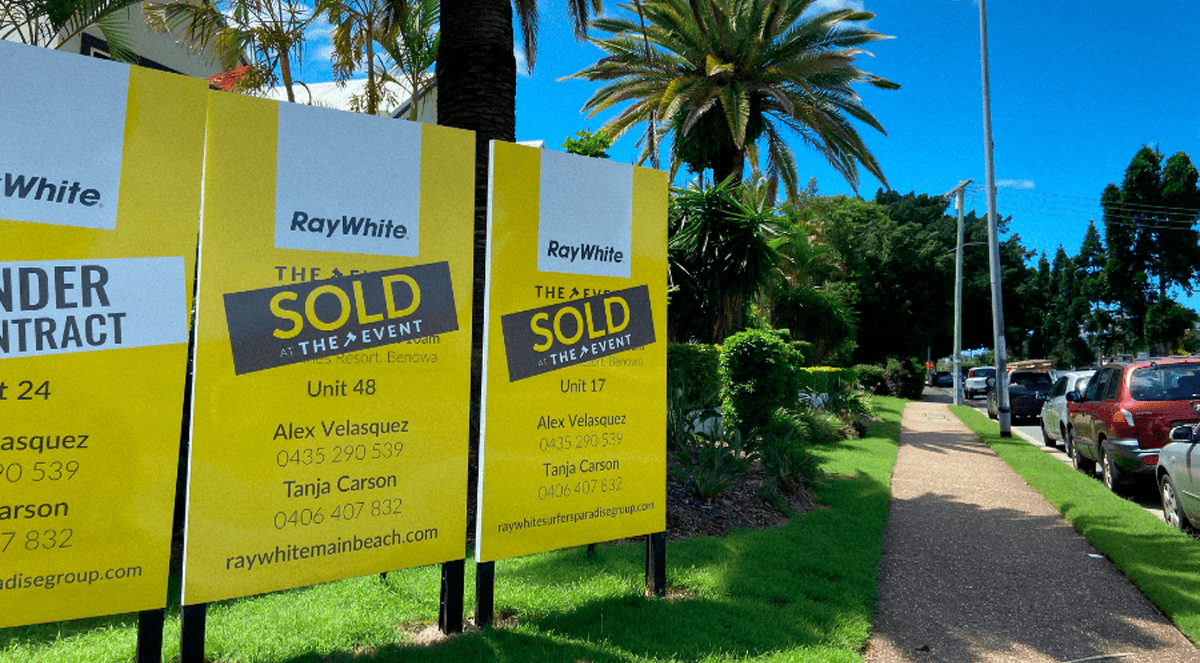
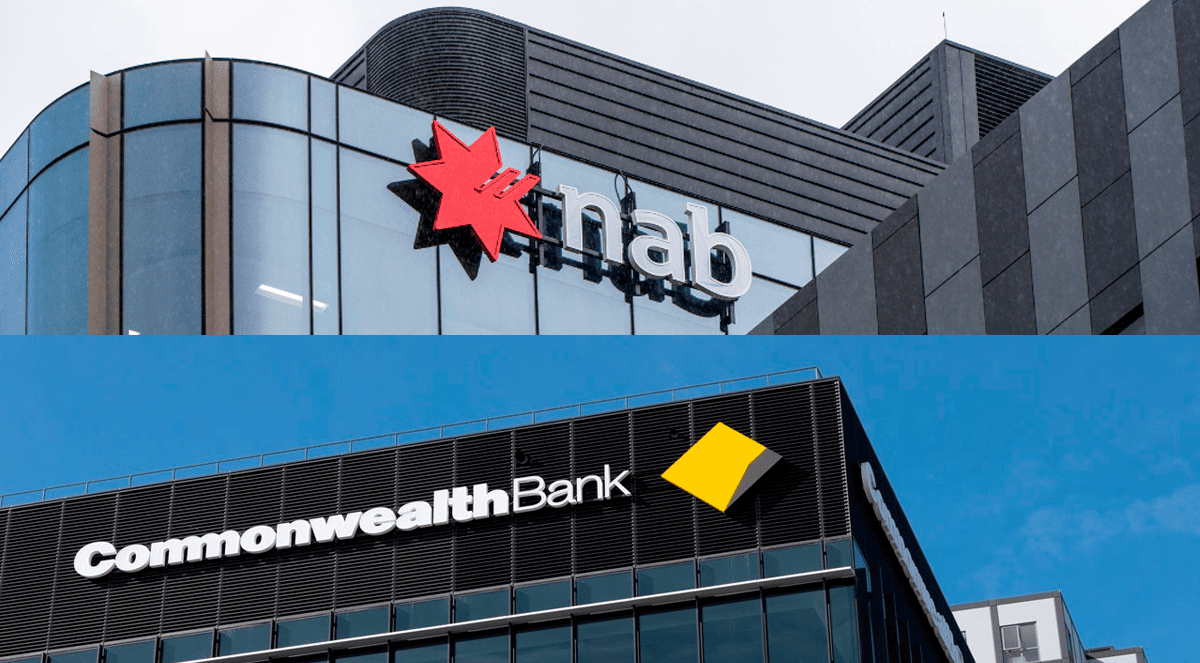
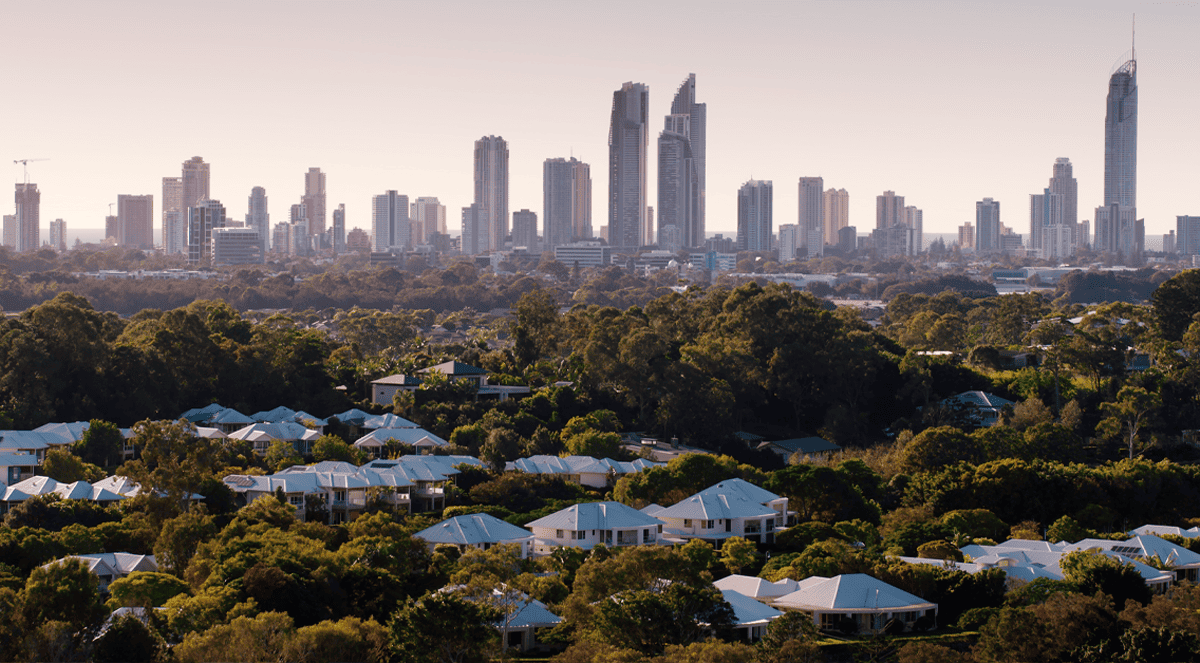
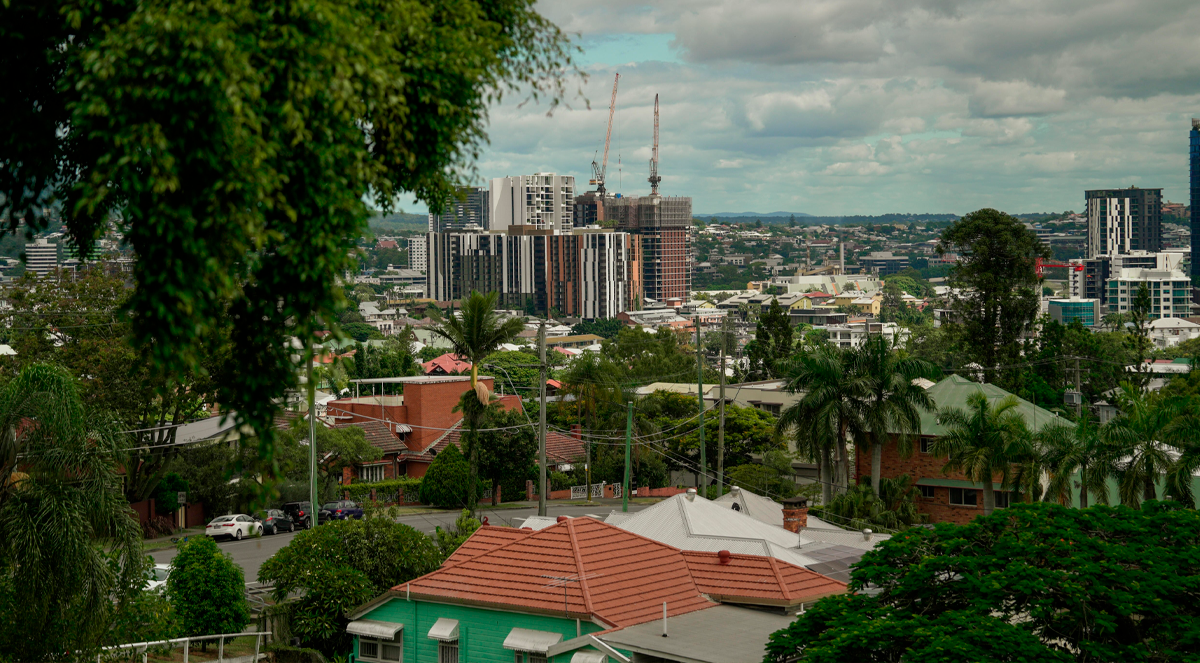
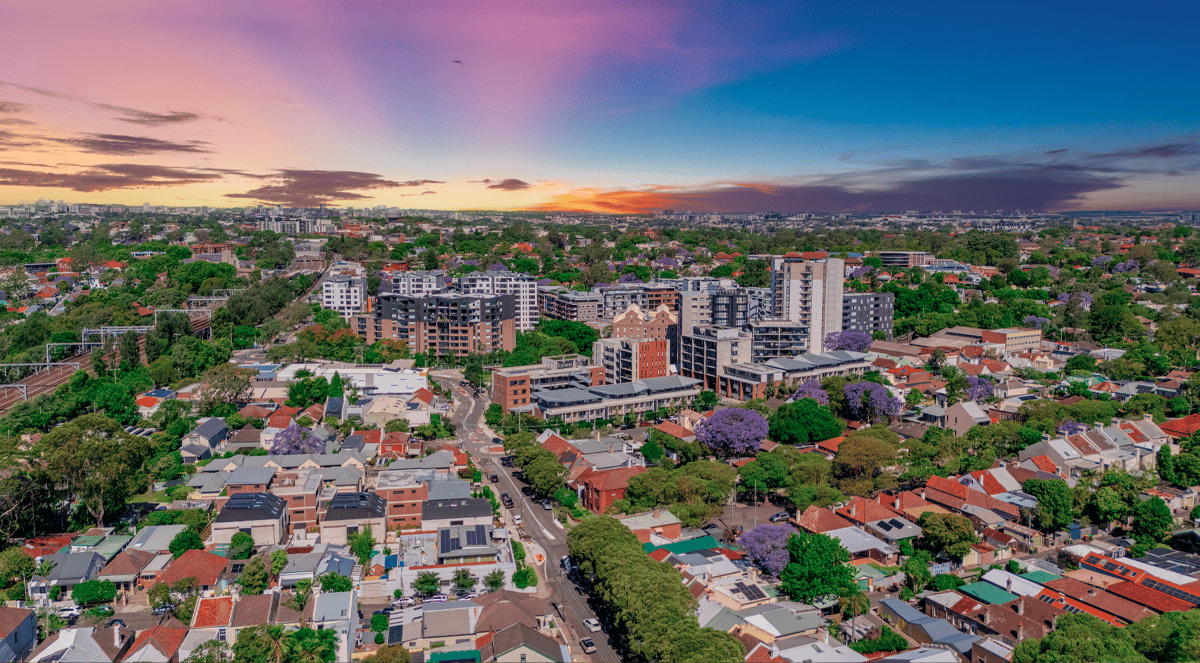
.jpg?width=1920&height=1080&name=Warning%2c%20You%20Might%20Be%20Facing%20Higher%20Taxes%20Soon%20(1).jpg)





.png?width=1920&height=1080&name=Rate%20Drops%20Signal%20BIGGEST%20Property%20Boom%20in%20DECADES%20(1).png)

.jpg?width=1920&height=1080&name=Labor%20vs%20Liberal%20These%20Housing%20Policies%20Could%20Change%20the%20Property%20Market%20Forever%20(1).jpg)
.jpg?width=1920&height=1080&name=QLD%20Slashes%20Stamp%20Duty%20Big%20News%20for%20Investors%20%26%20Home%20Buyers%20(1).jpg)
.jpg?width=1920&height=1080&name=Trump%20Just%20Slapped%20Tariffs%20%E2%80%93%20Here%E2%80%99s%20What%20It%20Means%20for%20Australia%20(1).jpg)
.jpg?width=1920&height=1080&name=Federal%20Budget%202025%20More%20Debt%2c%20No%20Housing%20%E2%80%93%20Here%E2%80%99s%20What%20You%20Need%20to%20Know%20(1).jpg)
.jpg?width=1920&height=1080&name=Australias%20Housing%20Crisis%20is%20about%20to%20get%20MUCH%20Worse%20(New%20Data%20Warns).jpg)
%20(1).jpg?width=1920&height=1080&name=Australias%20RENTAL%20CRISIS%20Hits%20ROCK%20BOTTOM!%20(2025%20Update)%20(1).jpg)
%20(1).png?width=1920&height=1080&name=Is%20Adelaide%20Still%20a%20Good%20Property%20Investment%20(2025%20UPDATE)%20(1).png)
.jpg?width=1920&height=1080&name=RBA%20Shocks%20with%20Rate%20Cuts!%20What%E2%80%99s%20Next%20for%20Property%20Investors%20(1).jpg)
%20(1).jpg?width=1920&height=1080&name=I%20Predict%20The%20Feb%20Rate%20Cut%20(My%20Price%20Growth%20Prediction)%20(1).jpg)
.png?width=1920&height=1080&name=Why%20Property%20Prices%20Will%20Rise%20in%202025%20Market%20Predictions%20(1).png)
.jpg?width=1920&height=1080&name=Why%20Investors%20Are%20Choosing%20Apartments%20Over%20Houses%202%20(1).jpg)
.jpg?width=1920&height=1080&name=Why%20Rate%20Cuts%20Will%20Trigger%20A%20Property%20Boom%20(1).jpg)
.jpg?width=1920&height=1080&name=Retire%20On%202Million%20With%20One%20Property%20(Using%20SMSF).jpg)
.jpg?width=1920&height=1080&name=4%20Reasons%20Why%20You%20Should%20Invest%20in%20Melbourne%20Now%20(1).jpg)
%20(1).jpg?width=1920&height=1080&name=Old%20Property%20vs%20New%20Property%20(Facts%20and%20Figures%20Revealed)%20(1).jpg)
%20(1).jpg?width=1920&height=1080&name=Will%20The%20New%20QLD%20Govt%20Create%20a%20Property%20Boom%20or%20Bust%20(My%20Prediction)%20(1).jpg)
%20Scott%20Kuru%20(1).jpg?width=1920&height=1080&name=Inflation%20Hits%20Three-Year%20Low%20(Will%20RBA%20Cut%20Rates%20Soon)%20Scott%20Kuru%20(1).jpg)
.jpg?width=1920&height=1080&name=How%20to%20Buy%20Investment%20Property%20Through%20SMSF_%20The%20Ultimate%20Guide%20(1).jpg)
.jpg?width=1920&height=1080&name=Victoria%20Slashes%20Stamp%20Duty%20Melbourne%20Set%20to%20Boom%20Scott%20Kuru%20(1).jpg)
.png?width=1571&height=861&name=Are%20Foreign%20Buyers%20Really%20Driving%20Up%20Australian%20Property%20Prices%20(1).png)
.jpg?width=1920&height=1080&name=The%20Single%20Factor%20That%20Predicts%20Property%20Growth%20Regions%20(1).jpg)
%20Scott%20Kuru%20(1).jpg?width=1920&height=1080&name=My%20Prediction%20On%20Rates%20%26%20Negative%20Gearing%20(Market%20Crash)%20Scott%20Kuru%20(1).jpg)

-1.png?width=1920&height=1080&name=Major%20Banks%20Cut%20Rates%20Will%20RBA%20Follow%20Suit%20(Sept%20Rate%20Update)-1.png)
%20Scott%20Kuru-1.png?width=1920&height=1080&name=Rate%20Cut%20Coming%20What%20New%20Zealands%20Move%20Means%20for%20Australia%20(Sept%20Prediction)%20Scott%20Kuru-1.png)
%20(1).jpg?width=1920&height=1080&name=Buy%20when%20the%20interest%20rates%20are%20high!%20(Why%20you%20must%20buy%20now!)%20(1).jpg)
.jpg?width=1920&height=1080&name=Carms_Revised%20Taxes%20Due%20Aug%209%20YT%20Thumbnail02%20(1).jpg)
.jpg?width=1920&height=1080&name=Carms_Too%20Little%20Too%20Late%20Aug%207%20YT%20Thumbnail01%20(1).jpg)









.jpg?width=1920&height=1080&name=Carms_Rate%20Drop%20In%20July%20Jun%2010%20YT%20Thumbnail02%20(1).jpg)
.jpg?width=1920&height=1080&name=Carms_Own%20a%20Property%20V6%20Jun%205_YT%20Thumbnail%20(1).jpg)









.png?width=1920&height=1080&name=Artboard%201%20(3).png)






.jpg?width=1920&height=1080&name=YT%20thumbnail%20%20(1).jpg)

